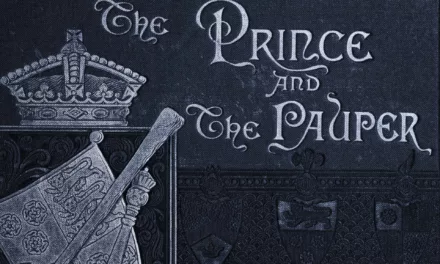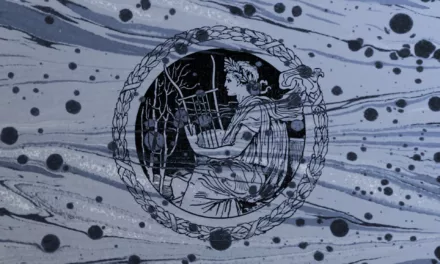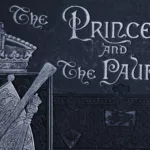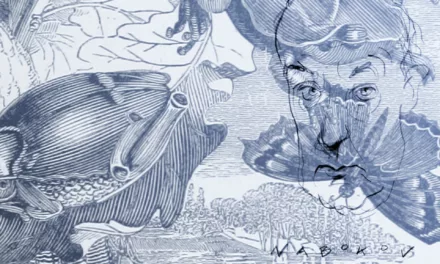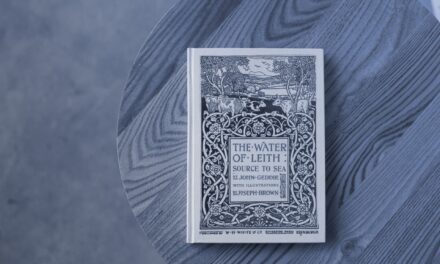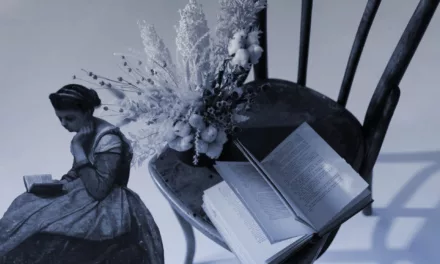
How do you write a platonic relationship?
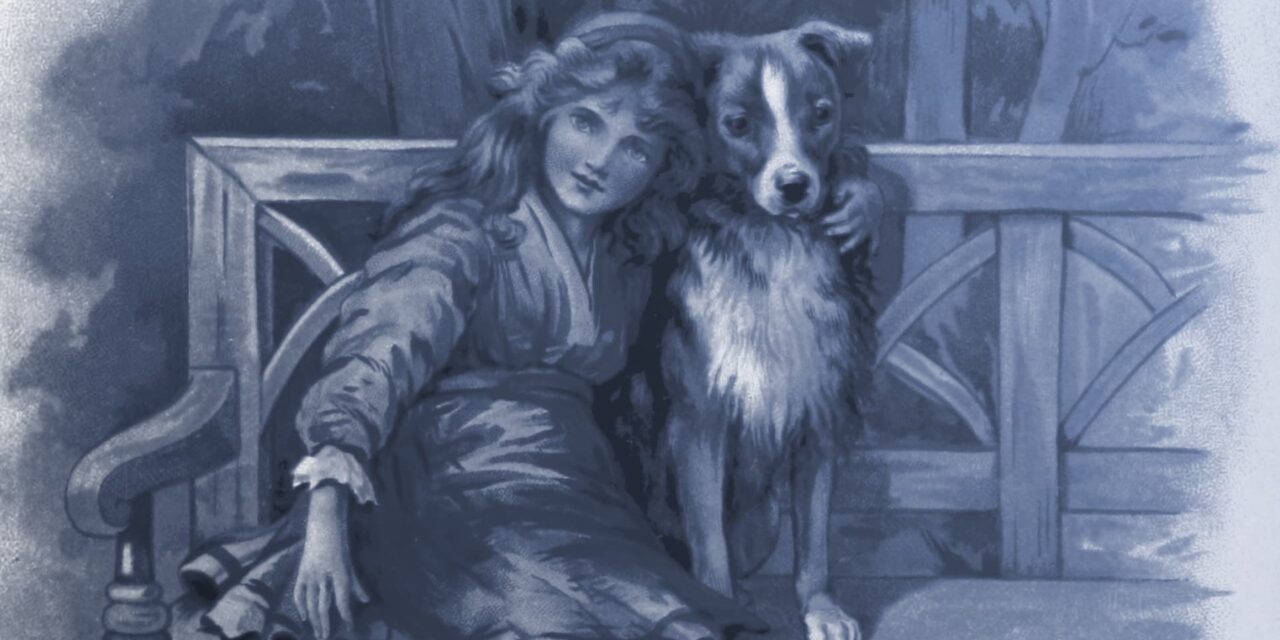
“How do you make readers see that the characters you are writing about have a platonic relationship and not a romantic one without someone asking the question or the character just saying it? Like how do you show it without saying or writing particular words?“
This is an excellent question with many layers. I’ve addressed elsewhere how to write long-established loving relationships where I explored romantic vs companionate love. Let’s dig deeper into emotional intimacy, which I see as the basis for both platonic and romantic relationships. But first, let’s take a detour into authorial intent.
Authorial intent
I think every writer has experienced that moment when a reader latches onto something in the work – a relationship, a plot point, a world building thread – and runs off in a direction the author did not intend. Witness the wild and prolific world of fanfic.
I take it as a compliment that people connect with my work and expand on it in their own imaginations. I admit to sometimes being puzzled by where they go with it. Recognizing this happens can save you a lot of headaches.
That obviously platonic relationship you wrote? There will be readers who will, in their own headcanon, make it romantic. Not what you wanted, and it can be frustrating, especially if you are trying to explore platonic relationships. My advice is to shake it off and don’t worry about it. You can’t control how others relate to your work or what speaks to them.
With that out of the way, let’s talk about ways to clearly signal which type of relationship it is and how to avoid signaling that you really intend for it to be romantic at some point in the future.
Platonic vs romantic relationships
Start by thinking of the various platonic relationships in your life and that you see around you. Observe people in coffee shops, parks, restaurants. Can you tell by watching which people are in romantic relationships and which are good friends? What are the differences you see between friendships and romantic relationships?
Look at personal space, eye contact, nicknames, the patterns of speech used, and how they touch or don’t touch one another. This also needs to be looked at through the lens of what is appropriate for the given culture. Now think about best friends. This is a very common platonic relationship. What does that look like?
It’s easy to see how the two types of relationships can be confused. Both are often lifelong and carry a lot of emotional intimacy. What secrets does your best friend know about you? Who do you go to when you need to solve a problem? To further complicate it, many people consider their romantic partner to be their best friend. Think of it as a Venn diagram. There is a lot of overlap between platonic and romantic relationships.
Show vs tell
So how does an author signal its platonic and not romantic? You can, of course, just tell the reader that X is Y’s best friend and there is no romantic attraction. Does the reader believe you? Let’s look at a few ways you can show that is the case.
- Are either of them in a romantic relationship? Have them discuss their lovers past and present.
- A corollary to the above – have one act as the other’s wingman in a social situation.
- How are you describing physical contact between the two? How does a platonic hug differ from a romantic one? Do they link arms when walking? How is that different from how they would do so with a lover?
- Give them more of a sibling vibe, and think about how siblings treat each other.
- How do your characters feel about romance in general? Is one or the other asexual?
Emotional intimacy
Whatever you do, don’t shy away from writing about emotional intimacy. Have your characters share their problems, feelings, and secrets. How do they help one another or get in one another’s way? How do they joke with each other? Then find ways of showing how they do that differently in a romantic relationship. You can also do that with secondary characters in your work who are in a romantic relationship. That contrast will help make your point that it’s platonic.
Finally, it is absolutely ok if you don’t want to write about romantic relationships at all or you are writing an asexual character who would never have a romantic relationship. You can still do the compare-and-contrast to background characters or social expectations. A quick line here and there will also cover it. Asexual characters can express how they just don’t feel attraction or are disgusted by romance or certain types of physical contact. You can have someone ask, “Is this your boyfriend/girlfriend?” and have your character respond. It can be an opportunity to show how they imagine that scenario.


